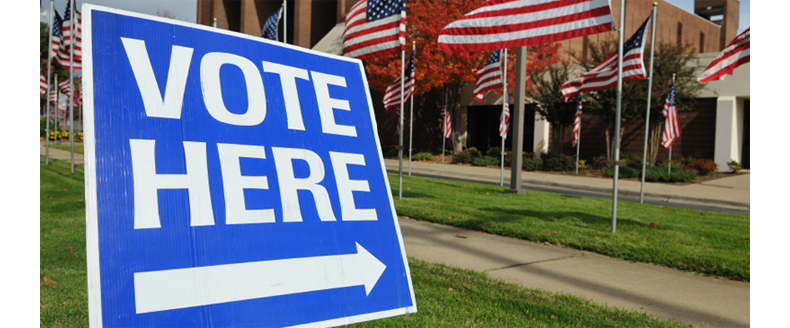This piece is adapted from Chapter Five of the 2018 edition of “How to Use the Internet to Change the World — and Win Elections. See also an earlier excerpt, “Ten Big Trends in Digital Politics & Advocacy”. For more on any of the tasks below, download your copy of the book!
Let’s set up a sample plan to use digital tools to help win an election. Many of these steps will also apply to advocacy campaigns, particularly those with a field component. The goals may be different (generating pressure on elected officials instead of electing an official, for example), but the mechanisms are often the same.
Phase One: Getting Established
First, campaigns need to focus on getting the basics right, a process that may take from a few days to a few weeks. For a presidential race, this stage should have taken place a year before the first primaries. Down-ballot campaigns are likely to get a much later start, taking these steps between a few months and a year of the primary or the general election, depending on which will be contested. The initial steps:
- Begin monitoring the race; set up Google Alerts on the candidate and opponent.
- Set up and launch website with integrated supporter signup/CRM/fundraising system.
- Establish Facebook page and Twitter feed
- Establish YouTube channel, even if the only content is your announcement video.
- Establish other social media channels if appropriate.
- Run Google and Facebook ads to build name recognition and the campaign’s list, spending at least a few dollars per day at first.
- Encourage local political activists to follow your digital channels.
- Identify relevant (usually local or statewide) political blogs or other online communities based on audience and topic.
- Identify other prominent online voices, including Twitter activists and frequent commenters on local political sites, with an eye toward recruiting them to support the campaign when possible.
- Build your email list.
- Start raising money via email.
Phase Two: Feeding the Beast
In the middle period between the candidate’s announcement and the actual voting, list-building and fundraising dominate the agenda.
- Promote the campaign website in all print materials and broadcast advertising.
- Sign up new supporters for the email list and social channels at in-person events.
- Continue recruiting donors and volunteers via online ads, particularly on Google and Facebook but possibly on blogs and local media sites. Some campaigns will employ voter file-targeted video and banner ads.
- Solicit and organize supporters’ volunteer time via grassroots management tools.
- Expand/improve campaign website content.
- Grow Facebook community and Twitter following; post new content regularly.
- Encourage supporters to tell friends and family about your campaign, both online and at the dinner table (or bar).
- Post videos to YouTube and Facebook and embed on the campaign website.
- Continue monitoring independent online content posted about the race; respond as necessary and able.
- Begin grassroots canvassing operation, facilitated by data analytics and mobile technology if possible.
- Raise more money.
Phase Three: Run-Up to Election Day
Time for full mobilization! This phase typically begins between one and two months before voting starts, with a push at the start of early voting.
- Begin final field-organizing campaign, including canvassing and phonebanking.
- Organize volunteer teams for turnout operation.
- Begin early/absentee voting push.
- Send more fundraising appeals, stressing urgency of race.
- Encourage last-minute supporter evangelism via Facebook, Twitter, personal email, etc.
- Ramp up email campaign intensity to support all of the above activities.
- Switch emphasis of online advertising from recruitment to persuasion of fence-sitters and GOTV around early voting.
Final Push
- Field organizers switch to voter turnout among targeted demographics and communities.
- Online ads switch to a mix of persuasion (to reach voters still making up their minds) and turnout-boosting. Ad targeting becomes key to reaching the voters the campaign needs for GOTV. Consider geotargeted mobile ads to reach voters in line at the polls.
- Email/Facebook/Twitter program encourages last-minute donations.
- Email/Facebook/Twitter program pushes voter turnout, with an emphasis on tell-your-friends asks.
- On Election Day, send final appeals via email, social networking outlets, text messaging, campaign website, Twitter, telegraph, semaphore, smoke signal and all other available channels. Field teams get people to the polls. Hope for the best.
- Send follow-up message to supporters.
- Have a drink.
For more, check out the book!
– cpd

